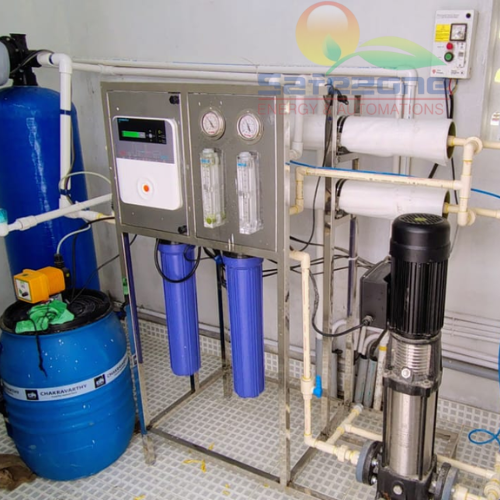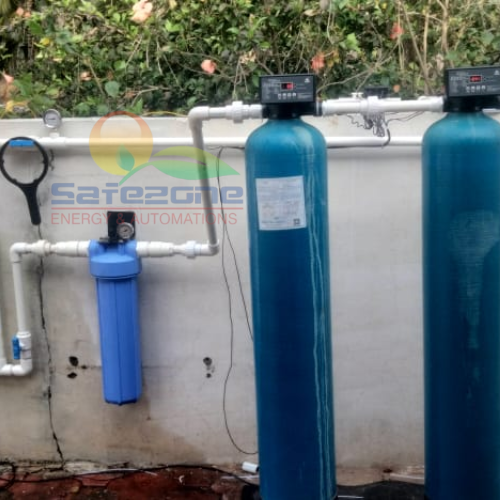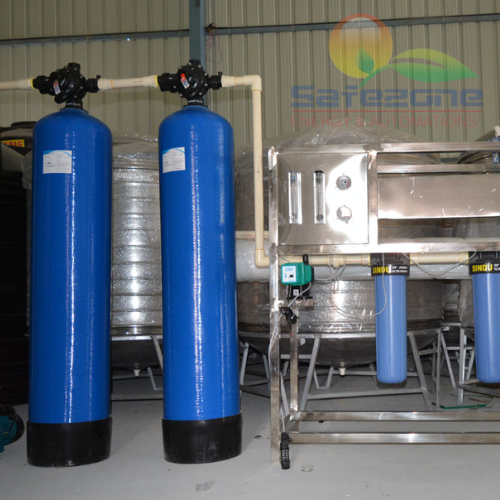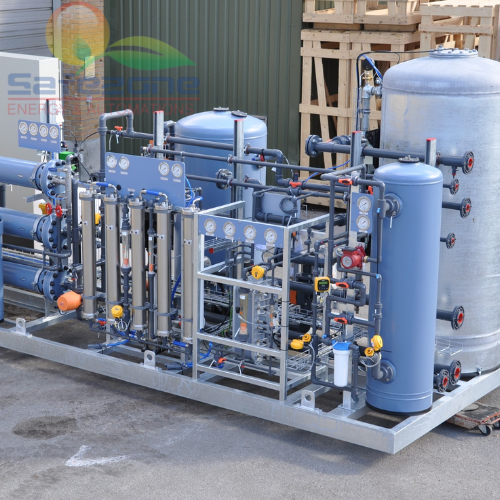WATER TREATMENT PLANT
INTRUDUCTION
Water treatment plants are essential facilities that purify water, ensuring it is safe for consumption and other uses. By removing contaminants and harmful substances, these plants play a vital role in protecting public health and preserving the environment.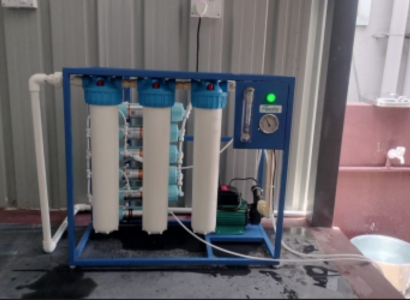
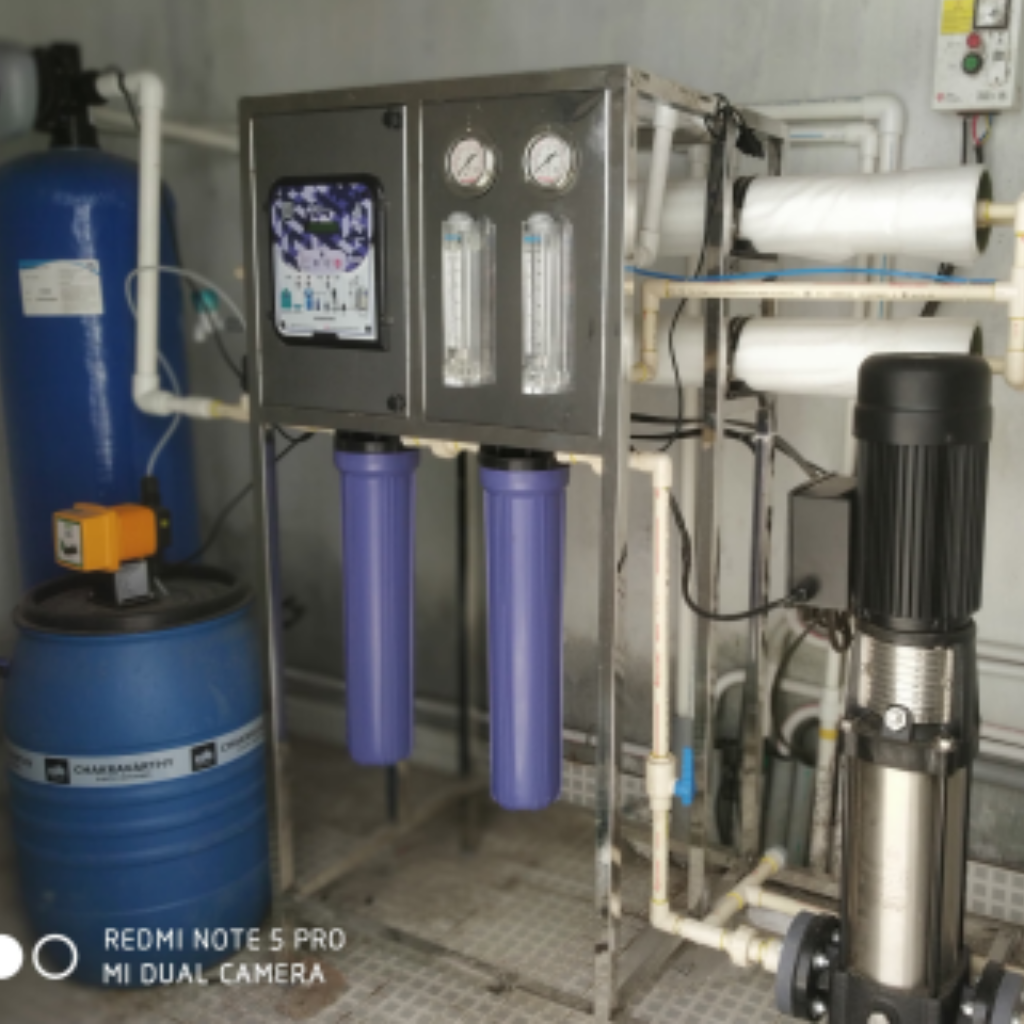
Special Benefits
Water treatment plants play a crucial role in ensuring the availability of safe and clean drinking water, protecting public health, and supporting various industrial and environmental processes.Here are some of the special benefits of water treatment plants:
*Removes Hard Water & Scale Formation-Protects pipes, appliances & improves water quality *Eliminates Harmful Contaminants-Gets rid of bacteria, viruses, and dissolved solids *Enhances Taste & Odor-Provides fresh & pure drinking water *Customized Solutions-Domestic, Industrial, and commercial treatment plants available *Affordable & Reliable-Competitive pricing with long-lasting performanceSediment and Suspended Solids
✓ Treatment processes eliminate suspended particles, sediment, and turbidity, resulting in clear and visually appealing water.Dissolved Solids
✓ Treatment plants reduce the concentration of dissolved minerals and salts, such as calcium, magnesium, sodium, and sulphate, which contribute to water hardness and salinity.Taste and Odor Compounds
✓ Treatment processes target compounds responsible for unpleasant tastes and odours in water, improving its palatability.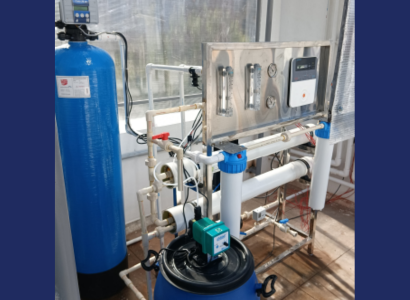
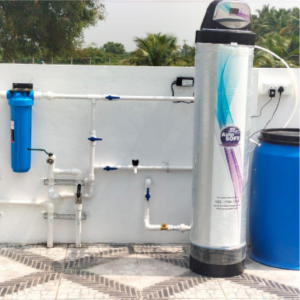
WATER SOFTNER PLANT
Introduction
SAFEZONE WATER SOFTNER SYSTEMS, designed to treat hard water by removing calcium and
magnesium ions, which are the primary culprits behind limescale buildup. This process ensures
water is suitable for daily applications, from household use to industrial processes, while
extending the lifespan of appliances and plumbing systems.
Features
*Prevention of Scale Buildup
*Extended Appliance Life
*Consistent Hot Water Flow
*Eco-Friendly Operation
*Customizable Systems
